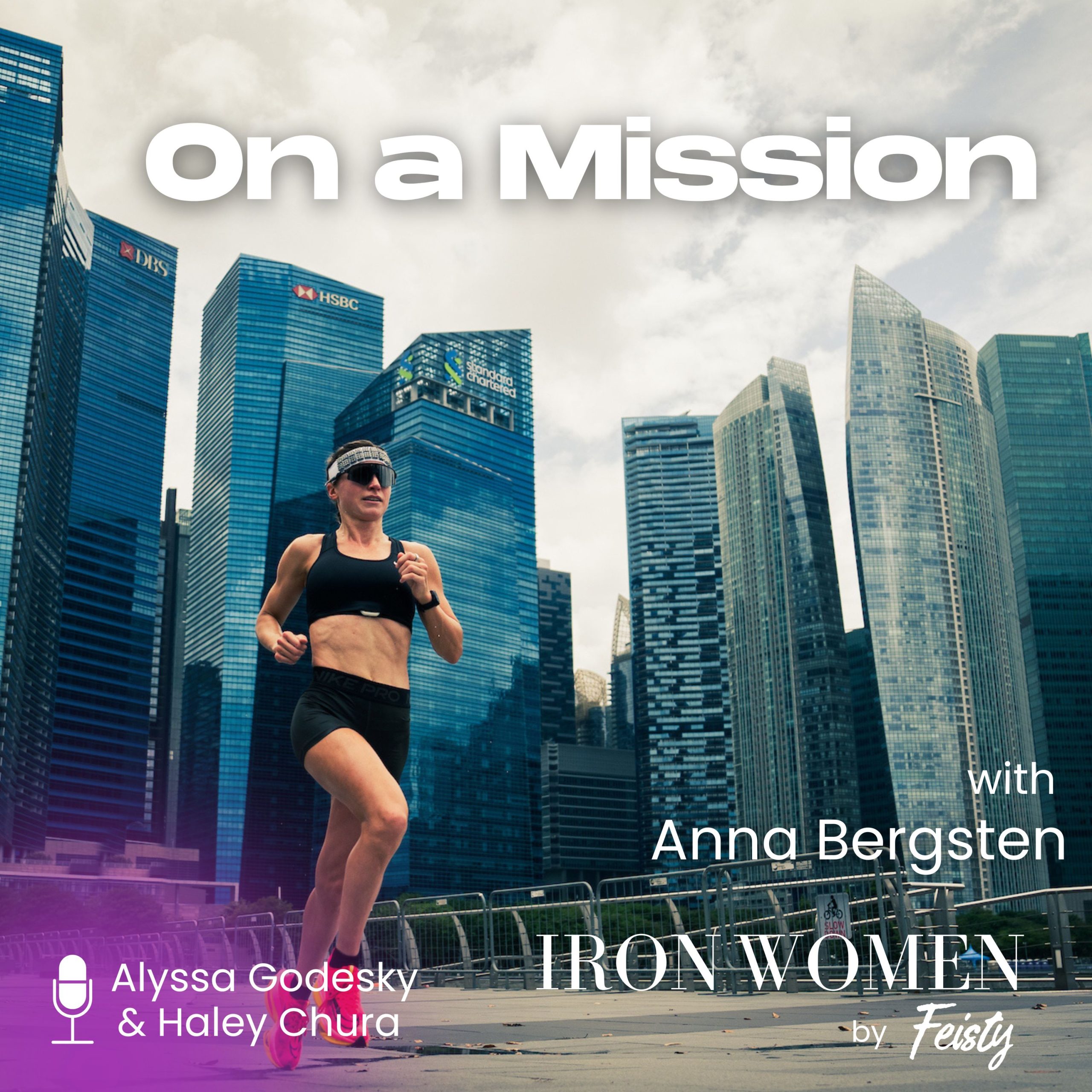July 21, 2017
The Critical Role of Gender Equality in Triathlon

text by Sara Gross
The rich history of gender equality in Triathlon is a point of pride for those who share the ethos of equal opportunity in sport. What is oft ignored is the fact that a dogged commitment to this equality was a critical factor in propelling triathlon from its first International Federation meeting in 1989, to inclusion in the 2000 Olympic Games just eleven years later. With that inclusion came an exponential increase in participation as the young sport entered the 21st century.
In the Beginning There Was Equality
“All it took was one look at what Erin Baker could do to silence anyone who felt like the level of performance in the women’s field was at least as high as the men’s.” -Mark Allen
One result of the second congress of the fledgling International Triathlon Union (ITU) was the creation of a “Women’s Committee” in 1990. This committee had the stated purpose of achieving equal opportunity, recognition and reward for all women in triathlon including athletes, coaches, officials and administrators – and all this was to happen by the year 2000. A lofty goal, but one that was in line with the zeitgeist of the sport in the 1980’s.
One meaningful marker of equality was the fact that prize money was equal at triathlon events from the beginning. From the first prize money race in San Diego in 1982, the money was equal almost everywhere (there are a couple notable exceptions, including EmbrunMan in France). At the unofficial Olympic Distance World Championship in Perth, Australia in 1987 and Kelowna, Canada in 1988, there was equal prize money. When asked, neither Scott Molina nor Erin Baker (both early World Champions), could remember a single race where the prize money was not equal.
The World Ironman Championship in Hawaii offered prize money for the first time in 1986. The money was equal despite the fact that there were 23 Pro Women and 86 Pro Men who finished the race that year. Molina says that:
“almost all the men in the sport viewed equal prize money as a fair thing to do as well as a type of affirmative action that would encourage more women to step up to race pro.”
Mark Allen commented that:
“All it took was one look at what Erin Baker could do to silence anyone who felt like the level of performance in the women’s field was at least as high as the men’s.”
Erin herself wrote:
“To me equality is normal in ever sphere of life. I have fought many more important battles for more important inequalities. It’s not about me or the money or anything else… it’s just NORMAL.”
She adds that there were many quality female role models in the sport back then:
“Valerie Silk (the owner and race organizer of Ironman Hawaii 1980-1990), Julie Moss, the Puntous twins, Joanne Earnst. It (triathlon) was bred out of women who had been athletes in their previous lives and who knew how to train, behave and speak well. I can truly say I found the event to be EQUAL from the start.”
Like Erin says, from the beginning, equal prize money and opportunities for women seemed normal and obvious to race organizers and athletes alike.
Equality as Mandate: The ITU takes Triathlon to the Olympics
(Les McDonald) was saying ‘build it and they will come’ long before the movies made it a cliche. Today the female side of ITU racing is as vibrant and exciting as the male.
The admirable level of gender equality in triathlon is in large part due to the work done by the ITU, an organization that is heavy with intelligent, dedicated and inspiring women including; President Marisol Casado, VP Sarah Springman and Secretary General Loreen Barnett.
Born in Vancouver, Canada in Loreen Barnett’s basement, the ITU headquarters would live in Barnett’s home for years to come. It was there in those early meetings that the outspoken Les MacDonald made his intentions clear. One person who was at those early meetings gave the following account:
“From the beginning it became apparent that Les had an agenda and it was a noble one. He was going to see the sport included in the Olympic Games. A few of the things I recall were that a certain number of nations needed to do the sport. Those nations needed to have governing bodies and there needed to be a world governing body – but none of this, Les assured us, would ever come about unless there was equal representation of men and women in the sport.
Les could go on for hours on the topic. He spoke at length about Title IX in the US college system and how successful it had been. Of all the ideas and notions that possessed this man I would say that this one was his strongest. There was push back – but not from the people in that room. We didn’t all like him but you had to believe in him.
I see now, with some hindsight, that for Les this was more than just about getting the sport in the Olympics. He truly believed that if there was ample opportunity then those opportunities would be seized. He was saying ‘build it and they will come’ long before the movies made it a cliche. Today the female side of ITU racing is as vibrant and exciting as the male. Les McDonald was right.”
From the start, the ITU offered equal opportunities for female athletes. Their mandate stated that the athletes had to have equality on all levels, including sponsorship, media opportunities, prize money and access to races.
Achieving gender balance as an International Federation made us more complete in the eyes of the IOC. -Marisol Casado
McDonald also insisted on gender equality within leadership. Federations could send more than two delegates to Congress as long as the additional delegates were women. This protocol helped get around the usual drawbacks of “affirmative action.” If a federation had two men at the helm who were already doing a great job, there was no need for either to step down. A third female delegate could simply be added.
This idea at the level of leadership, combined with the creation of a Women’s Action Committee in 1990, paved the way for a federation that is now lauded as having the highest degree of equality of any sporting federation. Achieving this high level of equality was instrumental in getting triathlon included in the Olympic Games – and joining the Olympic Games ultimately increased the visibility of the sport and improved participation numbers.
President Marisol Casado said:
“Achieving gender balance as an International Federation made us more complete in the eyes of the IOC. The IOC made a conscious effort to increase female participation in the 90s so triathlon’s focus on equal opportunities was very advantageous for us in our campaign to have triathlon included in the Olympic programme.”
Gender Equality, the Olympics and the Growth of the Sport
In summary, the sport of triathlon evolved in the 80’s after a group of renegades started creating swim-bike-run events in various corners of the globe. From the beginning there was a general consensus that the prize money should be equal between the genders despite the fact that woman made up only a fraction of the participants.
In the end a small group of people, led by the infamous Les MacDonald, made sporting history when the sport of triathlon debuted at the 2000 Olympic Games in Sydney. The strong degree of gender equality that permeates this narrative is one of the key reasons why triathlon has the participation numbers it has today.
The USAT had this to say about the number of races popping up all over the US in the early 2000’s:
Looking at the causes for this growth, one must first turn their attention to the 2000 Olympic Games, triathlon’s first appearance at this international event. This elevated the publicity of the sport on the national level. Through the first weekend, NBC’s coverage of the Sydney Olympic Games, which included coverage of the women’s triathlon, was the most watched non-U.S. Olympic Games in history with 111 million people tuned-in to all or part of the broadcasts, according to NBC Sports research.
The resulting popularity boom for the sport after the 2000 Olympics is a testament to why achieving gender equality in sport can have far-reaching outcomes and can help any sport, federation or corporation, achieve more than what is currently thought to be possible. In our ongoing discussion of gender equality let’s not get caught up in the small details but instead keep our eyes focused on the fact that equal opportunity will ultimately make us Faster, Higher, Stronger.


 Outspoken Women in Triathlon Summit Returns Bigger than Ever
Outspoken Women in Triathlon Summit Returns Bigger than Ever  Driving the Lamborghini: Productivity and the Power of Paper
Driving the Lamborghini: Productivity and the Power of Paper  5 take aways from the Compete Sports Diversity Summit
5 take aways from the Compete Sports Diversity Summit  Simple Tips to Hone Your Bike Handling Skills
Simple Tips to Hone Your Bike Handling Skills 


